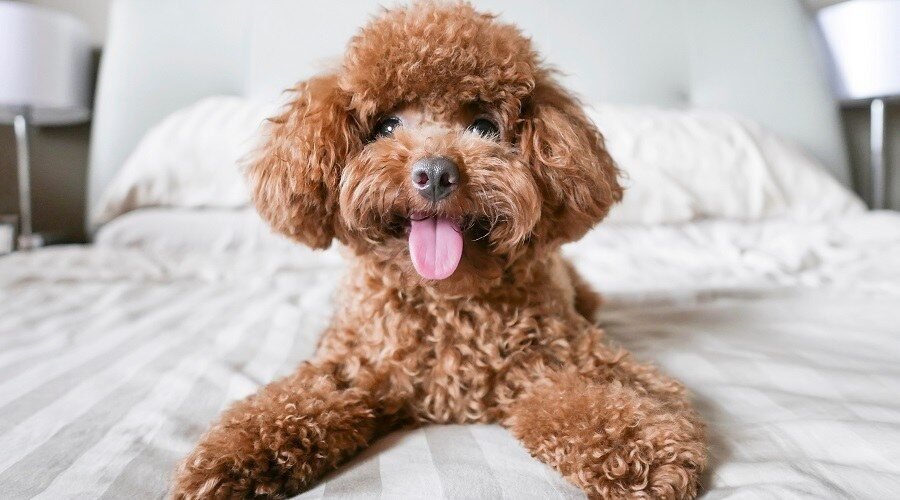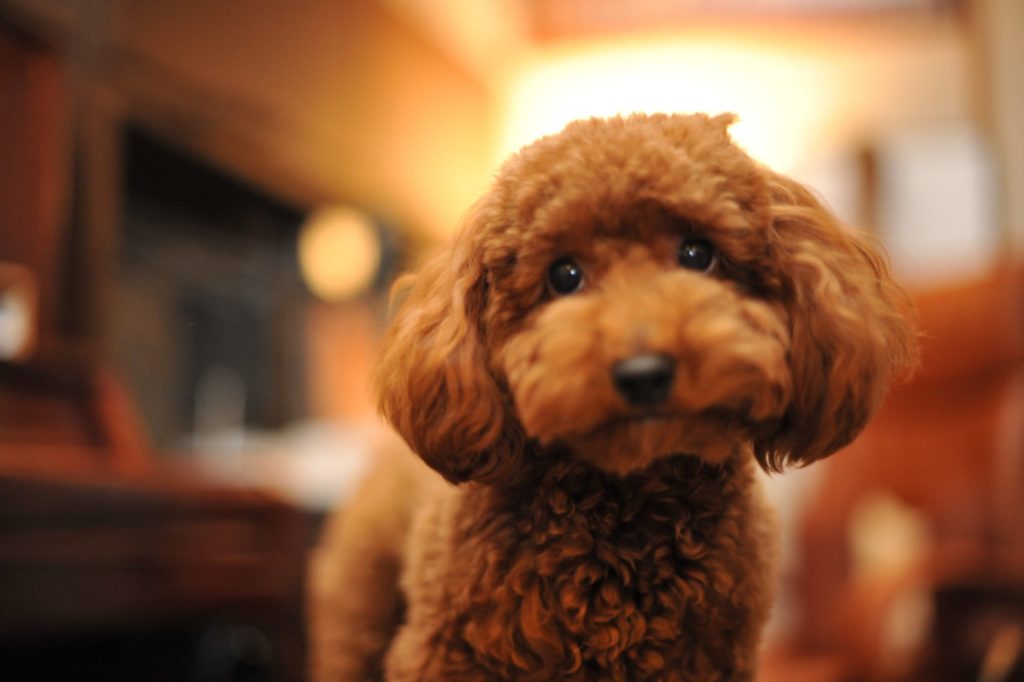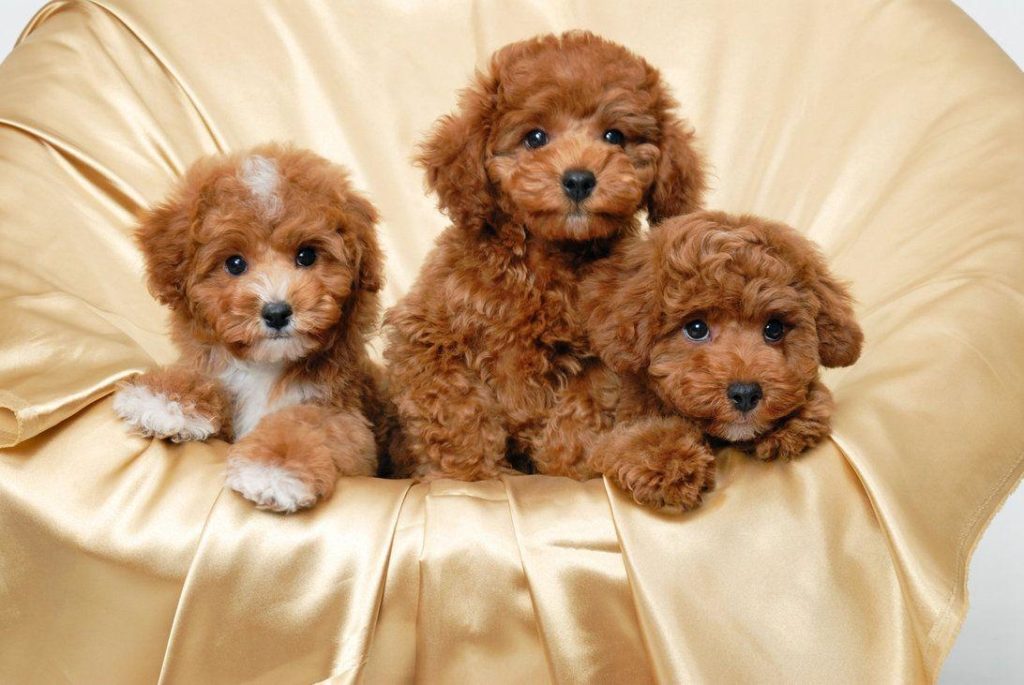No products in the basket.

The smallest of the Poodles, your Toy is a highly trainable, very intelligent, athletic, and versatile breed. Despite his diminutive size, Toy Poodles stand proudly among dogdom’s true aristocrats. Beneath the curly, low-allergen coat is an elegant athlete and companion for all reasons and seasons.
Miniatures are 15 inches or under. These little pups stand up to 10 inches. They tend to weigh between 4 – 6 lbs with the life expectancy of 10 – 18 years. Most pet owners prefer the simpler Sporting Clip, in which the coat is cut to follow the outline of the squarely built, smoothly muscled body. Toy Poodles are a non-shedding breed, and a good choice for people with allergies. Poodles are high-maintenance dogs. They require regular grooming, every three to six weeks, sometimes more often, to keep the coat in good condition.
The Toy Poodle is not meant for outdoor living, but it enjoys moving to and from the yard. Its coat requires it to be brushed on alternate days. When hair sheds, it does not fall off easily, but gets tangled, thus causing matting. Clipping is recommended four times annually, while the feet and face require monthly clipping. Most Poodles need professional groomers, but owners of the dogs can also learn the grooming procedure. Poodles require plenty of physical and mental exercise — indoor games, short walks, etc. — as well as lots of interaction with humans.
The Toy Poodle is ranked in the top 10 most popular breeds according to AKC.org. That of a very active, intelligent, and elegant-appearing dog, squarely built, well proportioned, moving soundly, and carrying himself proudly. Check out our puppies here.

The Toy Poodle has great swimming abilities. The coat is adapted to water and will cord if left to grow naturally. The poodle’s hair grows naturally to protect vital organs and joints from cold water.
This breed is very dedicated to its family. Some dogs can be shy in front of strangers and some may bark too much. As the energetic and sprightly Toy Poodle is among the brightest of breeds, it is a pleasure to train — eager to please, responsive, alert, sensitive, playful, and lively.
Even though this breed is associated with France, the early ancestors of the Toy Poodle were likely to be the Central Asian curly-coated dogs. These ancestors helped in herding and followed their masters to various routes taking them to different parts of Europe. Many rough-coated water dogs are also said to be the ancestors of the Poodle. The poodle is derived from pudel, a German word meaning “to splash,” or puddle, indicating the breed’s water abilities. It was also known as chien canard in France, reflecting its duck-hunting abilities.
The Poodle served as a guard dog, military dog, wagon puller, guide dog, and a circus performer. For swimming, its coat was sheared but was left a little long on the chest to keep it warm. The Poodle later became a stylish companion for trendy ladies. The French aristocracy also favored it and finally, it became France’s national dog. The dog’s characteristic clip was highlighted and smaller varieties of the breed were successfully made.
In the late 19th century, Toy Poodles became show dogs. Some of these early show dogs had corded coats, meaning the coat was allowed to entangle in thin, long tresses. This trend lost popularity, as it was difficult to maintain, and the bouffant styles took their place. Even though the popularity of Toy Poodles in the United States diminished in the late 1920s, it has since made a successful comeback and is once again quite popular.

Poodles are one breed of dog that is largely misunderstood. You might think of them as fussy, spoiled animals with a fancy haircut, but in fact, poodles are highly intelligent and as a result, they are very easy to train.